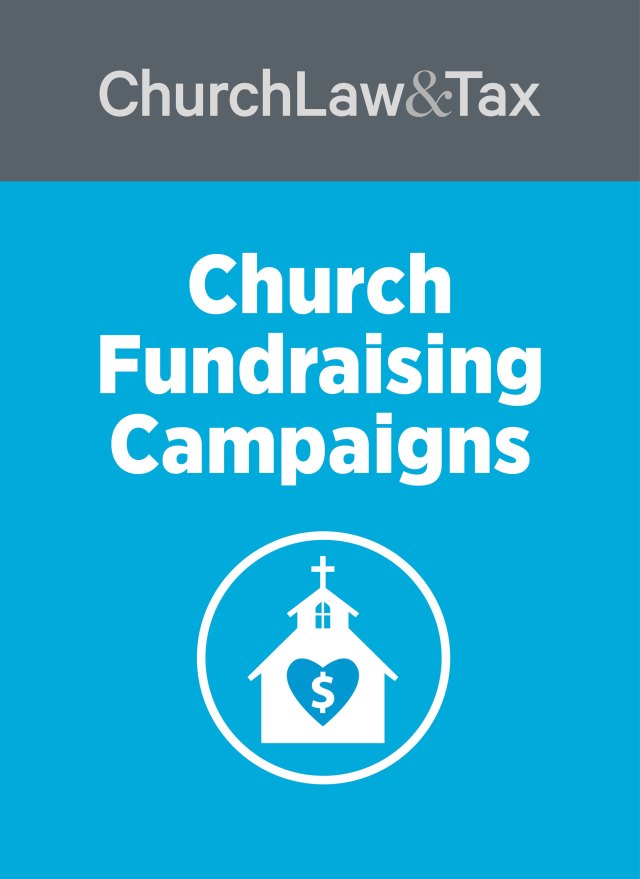The 2012 State of the Plate survey reveals an increasing shift away from traditional envelope giving to new electronic methods, such as cell phone applications, automatic bank withdrawals, and lobby kiosks. The use of envelopes soon will be surpassed by electronic giving options as more churches explore technological tools to encourage faithful giving. The traditional passing of an offering plate remains the top choice for most churches, but electronic giving options continue to gain ground.
For Northshore Christian Church in Everett, Washington, offering electronic giving options was an easy transition. “We were early in the curve to adopt a strong online presence,” says Rob Cizek, executive pastor of Northshore. “We broadcast all of our services live on the web. With that, we added online giving early, and a few years ago we added a giving kiosk in the lobby. All of this was to acknowledge the trend that people are writing fewer checks. They’ve come to expect an array of giving options. People who watch online give online; people who come to church use the kiosk. A lot of people have set up ACH transfers and give regularly with auto-deposits.”
Cizek says they consistently see 30 percent of their giving coming from online methods, and sometimes it accounts for as much as 50 percent of weekly offerings. Electronic giving has been a boon, too, for the predominantly young adult congregation of Southview Community Church, located in a suburb of Washington, DC. Members, on average, are 33 years old. Senior Pastor William Attaway says most of the congregation doesn’t carry checks. “We’ve recently started putting QR codes in the bulletin so people can scan the code and give from their phone,” he says. “Between ACH transfers, online bill pay, and e-giving, that’s around 40 percent of our offerings; 60 percent still comes in through the plate. Considering we weren’t doing any of this two years ago, that’s pretty rapid growth.”
Attaway expects electronic giving to account for more than 50 percent of the church’s overall collections in the next year or so. Attaway says it’s not clear whether overall giving is up because of these options, or just the same dollars given through these new electronic means.
“I would encourage anybody to look in the business world and the community at large and see how many people are still writing checks,” says Cizek. “It’s decreased radically. Giving online is our way of keeping up with the times. Cash and checks are not as broadly used. Times are changing.”




